Tag: Google Lens
5 AI-powered tools to help you get outside more
by Molly McHugh-Johnson on Apr.23, 2024, under 3D Models, Argentina, Australia, Brazil, California, Denmark, England, Germany, Google Earth News, Google Earth Tips, Google Sky, Google maps, Hawaii, Indonesia, Ireland, Italy, Japan, Kenya, Mexico, Natural Landmarks, Netherlands, Sightseeing, Street Views, USA
 Learn more about Google's AI-powered tools that can help you explore the outdoors more.
Learn more about Google's AI-powered tools that can help you explore the outdoors more.6 ways to travel smarter this summer using Google tools
by Emmanuel Marot on Mar.28, 2024, under 3D Models, Argentina, Australia, Brazil, California, Denmark, England, Germany, Google Earth News, Google Earth Tips, Google Sky, Google maps, Hawaii, Indonesia, Ireland, Italy, Japan, Kenya, Mexico, Natural Landmarks, Netherlands, Sightseeing, Street Views, USA
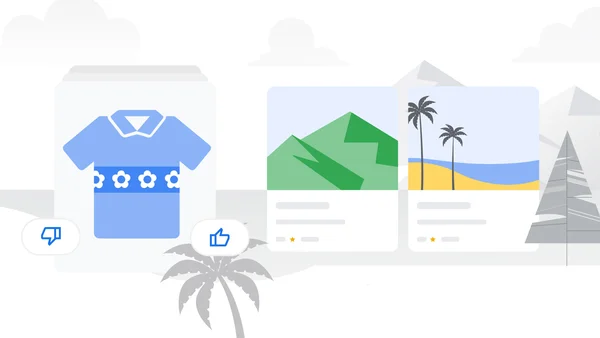 We’re sharing a few helpful tools from Search, Maps and Shopping ahead of the summer travel season.
We’re sharing a few helpful tools from Search, Maps and Shopping ahead of the summer travel season.7 Maps and Lens features to use on your next trip
by Wanda X. Plore on Apr.03, 2023, under 3D Models, Argentina, Australia, Brazil, California, Denmark, England, Germany, Google Earth News, Google Earth Tips, Google Sky, Google maps, Hawaii, Indonesia, Ireland, Italy, Japan, Kenya, Mexico, Natural Landmarks, Netherlands, Sightseeing, Street Views, USA
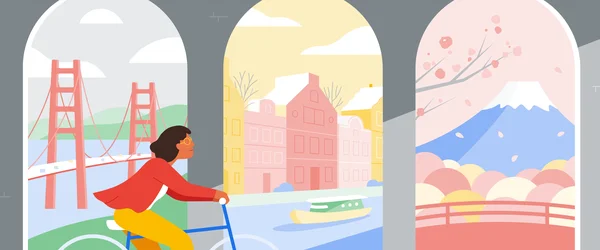 Maps and Lens features to help you plan your Summer travel and make the most of your vacation.
Maps and Lens features to help you plan your Summer travel and make the most of your vacation.Search, explore and shop the world’s information, powered by AI
by Prabhakar Raghavan on May.19, 2021, under 3D Models, Argentina, Australia, Brazil, California, Denmark, England, Germany, Google Earth News, Google Earth Tips, Google Sky, Google maps, Hawaii, Indonesia, Ireland, Italy, Japan, Kenya, Mexico, Natural Landmarks, Netherlands, Sightseeing, Street Views, USA
AI advancements push the boundaries of what Google products can do. Nowhere is this clearer than at the core of our mission to make information more accessible and useful for everyone.
We've spent more than two decades developing not just a better understanding of information on the web, but a better understanding of the world. Because when we understand information, we can make it more helpful — whether you’re a remote student learning a complex new subject, a caregiver looking for trusted information on COVID vaccines or a parent searching for the best route home.
Deeper understanding with MUM
One of the hardest problems for search engines today is helping you with complex tasks — like planning what to do on a family outing. These often require multiple searches to get the information you need. In fact, we find that it takes people eight searches on average to complete complex tasks.
With a new technology called Multitask Unified Model, or MUM, we're able to better understand much more complex questions and needs, so in the future, it will require fewer searches to get things done. Like BERT, MUM is built on a Transformer architecture, but it’s 1,000 times more powerful and can multitask in order to unlock information in new ways. MUM not only understands language, but also generates it. It’s trained across 75 different languages and many different tasks at once, allowing it to develop a more comprehensive understanding of information and world knowledge than previous models. And MUM is multimodal, so it understands information across text and images and in the future, can expand to more modalities like video and audio.
Imagine a question like: “I’ve hiked Mt. Adams and now want to hike Mt. Fuji next fall, what should I do differently to prepare?” This would stump search engines today, but in the future, MUM could understand this complex task and generate a response, pointing to highly relevant results to dive deeper. We’ve already started internal pilots with MUM and are excited about its potential for improving Google products.
Information comes to life with Lens and AR
People come to Google to learn new things, and visuals can make all the difference. Google Lens lets you search what you see — from your camera, your photos or even your search bar. Today we’re seeing more than 3 billion searches with Lens every month, and an increasingly popular use case is learning. For example, many students might have schoolwork in a language they aren't very familiar with. That’s why we’re updating the Translate filter in Lens so it’s easy to copy, listen to or search translated text, helping students access education content from the web in over 100 languages.

AR is also a powerful tool for visual learning. With the new AR athletes in Search, you can see signature moves from some of your favorite athletes in AR — like Simone Biles’s famous balance beam routine.
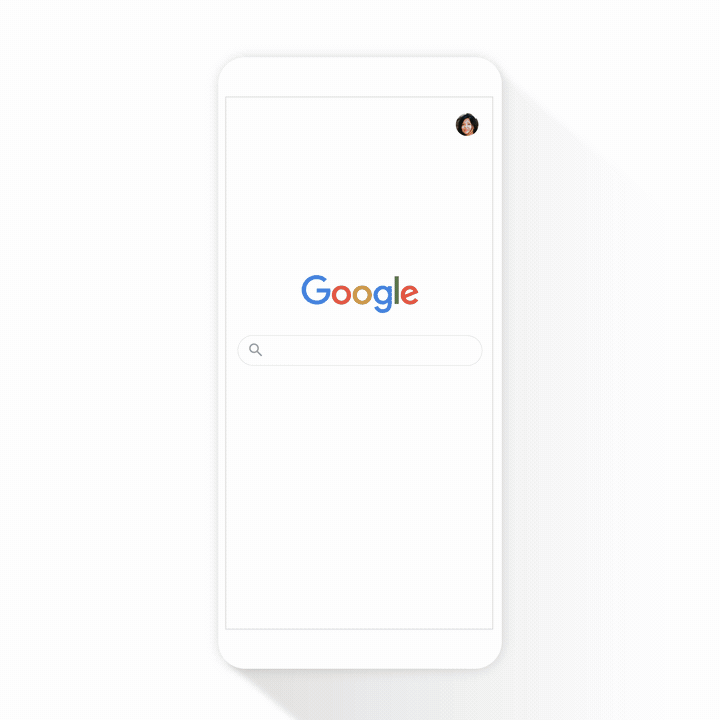
Evaluate information with About This Result
Helpful information should be credible and reliable, and especially during moments like the pandemic or elections, people turn to Google for trustworthy information.
Our ranking systems are designed to prioritize high-quality information, but we also help you evaluate the credibility of sources, right in Google Search. Our About This Result feature provides details about a website before you visit it, including its description, when it was first indexed and whether your connection to the site is secure.
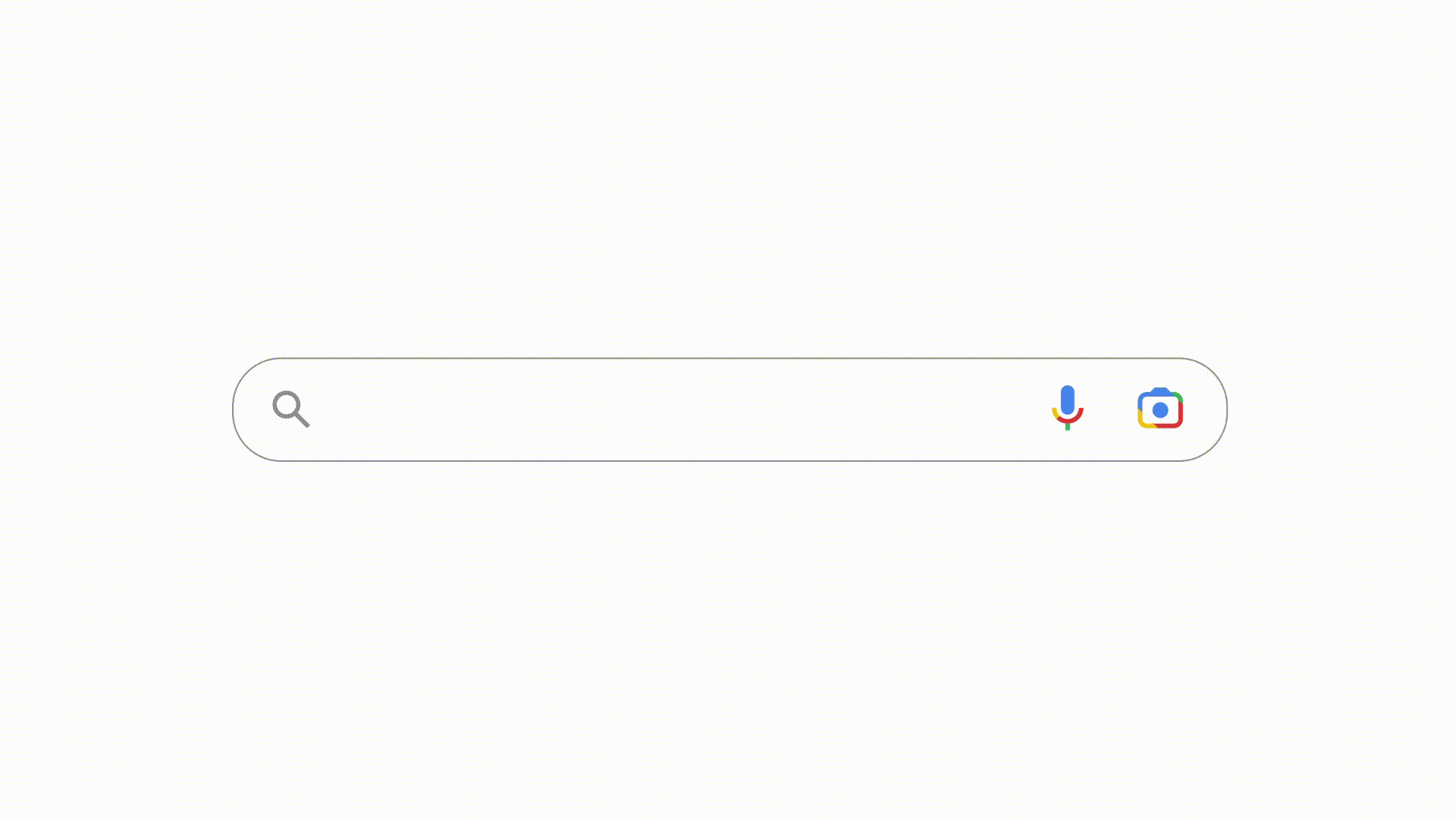
This month, we’ll start rolling out About This Result to all English results worldwide, with more languages to come. Later this year, we’ll add even more detail, like how a site describes itself, what other sources are saying about it and related articles to check out.
Exploring the real world with Maps
Google Maps transformed how people navigate, explore and get things done in the world — and we continue to push the boundaries of what a map can be with industry-first features like AR navigation in Live View at scale. We recently announced we’re on track to launch over 100 AI-powered improvements to Google Maps by the end of year, and today, we’re introducing a few of the newest ones. Our new routing updates are designed to reduce the likelihood of hard-braking on your drive using machine learning and historical navigation information — which we believe could eliminate over 100 million hard-braking events in routes driven with Google Maps each year.
If you’re looking for things to do, our more tailored map will spotlight relevant places based on time of day and whether or not you’re traveling. Enhancements to Live View and detailed street maps will help you explore and get a deep understanding of an area as quickly as possible. And if you want to see how busy neighborhoods and parts of town are, you’ll be able to do this at a glance as soon as you open Maps.
More ways to shop with Google
People are shopping across Google more than a billion times per day, and our AI-enhanced Shopping Graph — our deep understanding of products, sellers, brands, reviews, product information and inventory data — powers many features that help you find exactly what you’re looking for.
Because shopping isn’t always a linear experience, we’re introducing new ways to explore and keep track of products. Now, when you take a screenshot, Google Photos will prompt you to search the photo with Lens, so you can immediately shop for that item if you want. And on Chrome, we’ll help you keep track of shopping carts you’ve begun to fill, so you can easily resume your virtual shopping trip. We're also working with retailers to surface loyalty benefits for customers earlier, to help inform their decisions.
Last year we made it free for merchants to sell their products on Google. Now, we’re introducing a new, simplified process that helps Shopify’s 1.7 million merchants make their products discoverable across Google in just a few clicks.
Whether we’re understanding the world’s information, or helping you understand it too, we’re dedicated to making our products more useful every day. And with the power of AI, no matter how complex your task, we’ll be able to bring you the highest quality, most relevant results.
Let Google be your holiday travel tour guide
by Katie Malczyk on Dec.13, 2019, under 3D Models, Argentina, Australia, Brazil, California, Denmark, England, Germany, Google Earth News, Google Earth Tips, Google Sky, Google maps, Hawaii, Indonesia, Ireland, Italy, Japan, Kenya, Mexico, Natural Landmarks, Netherlands, Sightseeing, Street Views, USA
When it comes to travel, I’m a planner. I’m content to spend weeks preparing the perfect holiday getaway: deciding on the ideal destination, finding the cheapest flights and sniffing out the best accommodations. I’ve been dreaming about a trip to Greece next year, and—true story—I’ve already got a spreadsheet to compare potential destinations, organized by flight length and hotel perks.
But the thing I don’t like to do is plot out the nitty-gritty details. I want to visit the important museums and landmarks, but I don’t want to write up a daily itinerary ahead of time. I’m a vegetarian, so I need to find veggie-friendly restaurants, but I’d prefer to stumble upon a good local spot than plan in advance. And, since I don’t speak Greek, I want to be able to navigate transportation options without having to stop and ask people for help all the time.
So I’ve come to rely on some useful Google tools to make my trips work for the way I like to travel. Here’s what I’ve learned so far.
Let Maps do the talking
Getting dropped into a new city is disorienting, and all the more so when you need to ask for help but don’t know how to pronounce the name of the place you’re trying to get to. Google Maps now has a fix for this: When you’ve got a place name up in Maps, just press the new little speaker button next to it, and it will speak out a place's name and address in the local lingo. And if you want to continue the conversation, Google Maps will quickly link you to the Google Translate app.
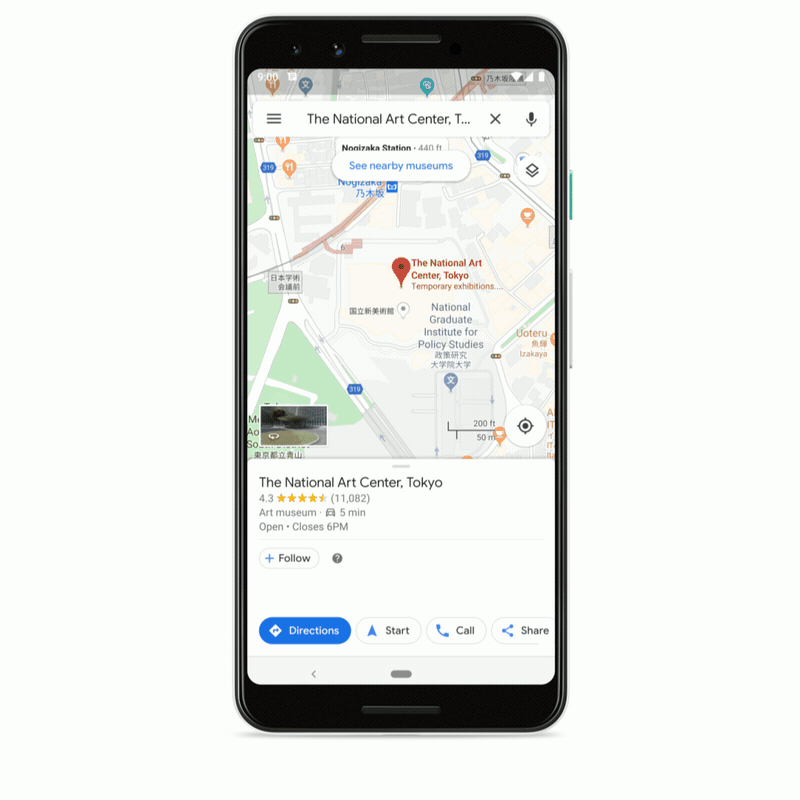
Let your phone be your guidebook
New cities are full of new buildings, new foods and even new foliage. But I don’t want to just see these things; I want to learn more about them. That’s where Google Lens comes in as my know-it-all tour guide and interpreter. It can translate a menu, tell me about the landmark I’m standing in front of or identify a tree I’ve never seen before. So whenever I think, “I wonder what that building is for,” I can just use my camera to get an answer in real time.
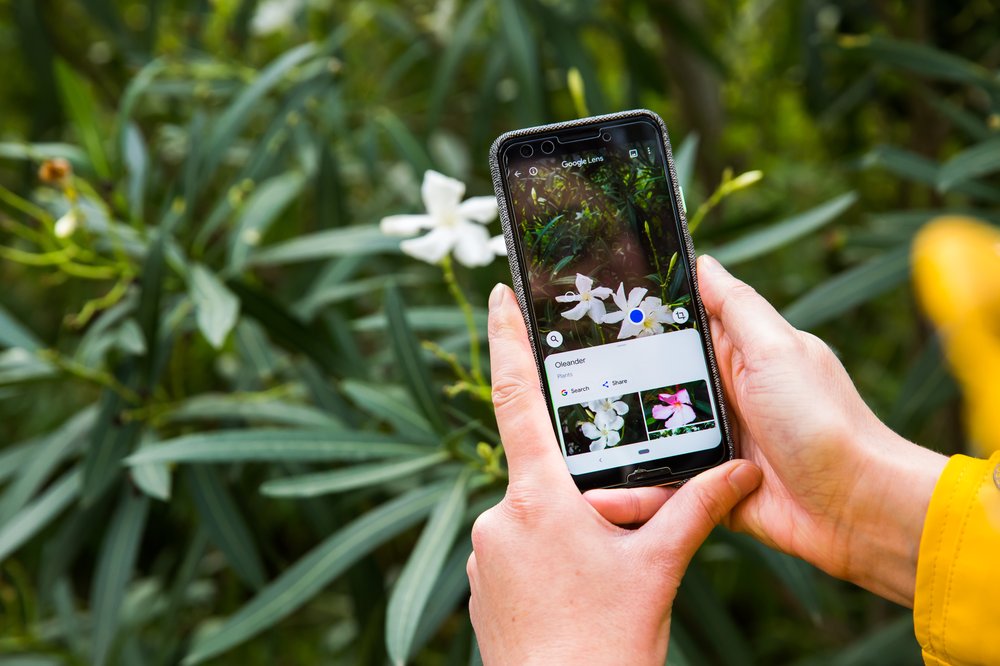
Photo credit: Joao Nogueira
Get translation help on the go
The Google Assistant’s real-time translation feature, interpreter mode, is now available on Android and iOS phones worldwide, enabling you to have a conversation with someone speaking a foreign language. So if I say, “Hey Google, be my Greek translator,” I can easily communicate with, say, a restaurant server who doesn’t speak English. Interpreter mode works across 44 languages, and it features different ways to communicate suited to your situation: you can type using a keyboard for quiet environments, or manually select what language to speak.
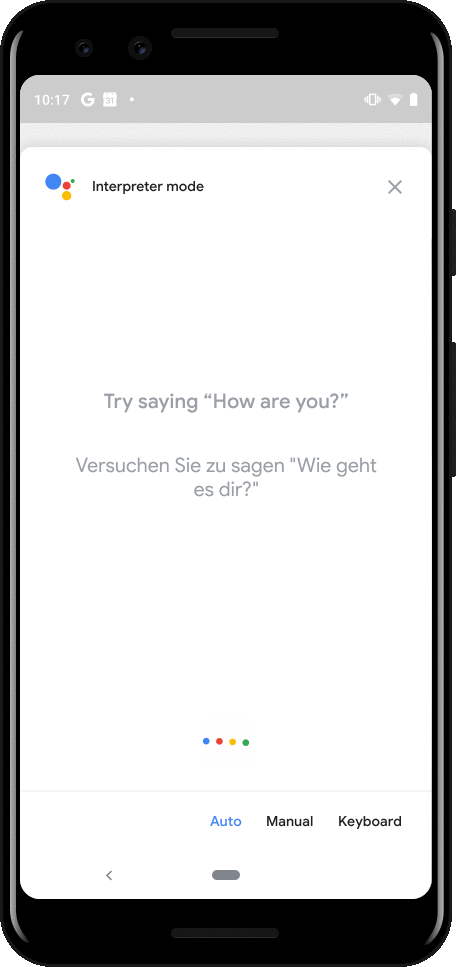
Use your voice to get things done
Typing is fine, but talking is easier, especially when I’m on vacation and want to make everything as simple as possible. The Google Assistant makes it faster to find what I’m looking for and plan what’s next, like weather forecasts, reminders and wake-up alarms. It can also help me with conversions, like “Hey Google, how much is 20 Euros in pounds?”
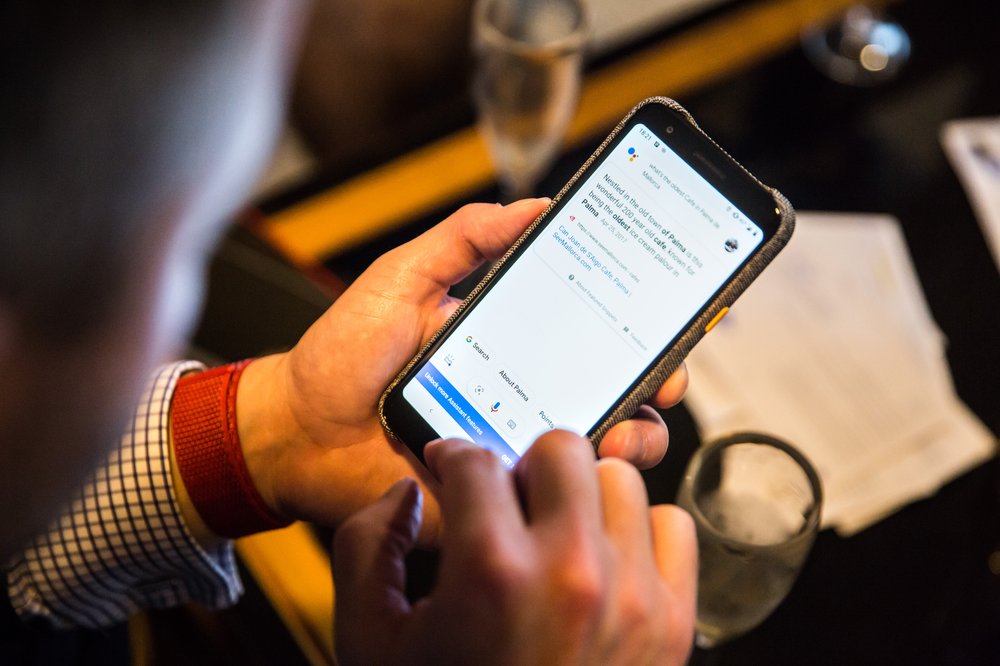
Photo credit: Joao Nogueira
Take pics, then chill
When I’m in a new place, my camera is always out. But sorting through all those pictures is the opposite of relaxing. So I offload that work onto Google Photos: It backs up my photos for free and lets me search for things in them . And when I want to see all the photos my partner has taken, I can create an album that we can both add photos to. And Photos will remind me of our vacation in the future, too, with story-style highlights at the top of the app.
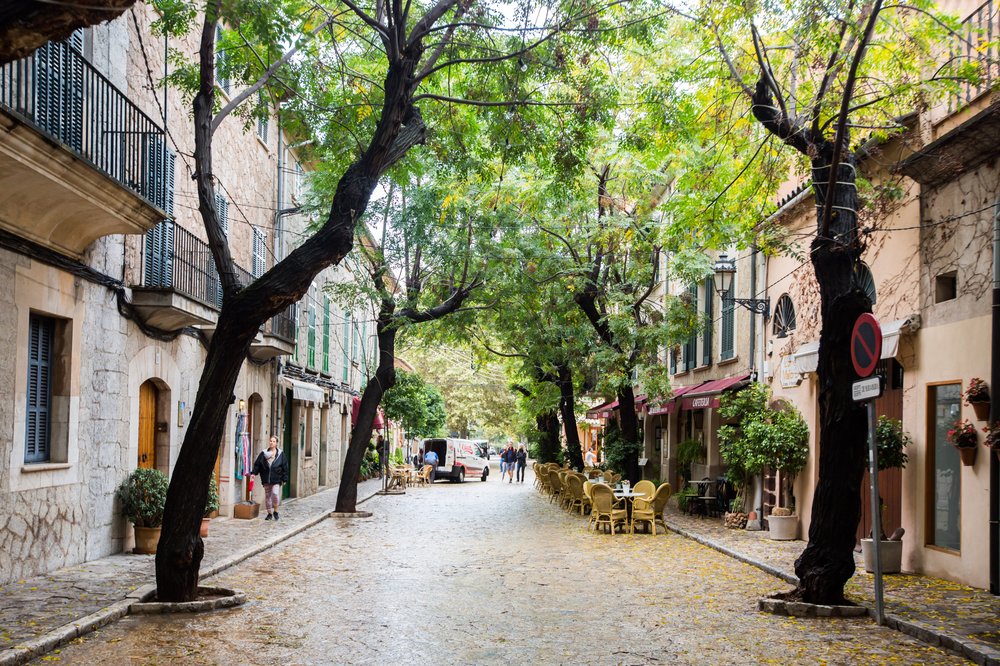
Photo credit: Joao Nogueira
Look up
I live in a big city, which means I don’t get to see the stars much. Traveling somewhere a little less built up means I can hone my Pixel 4 astrophotography skills. It’s easy to use something stable, like a wall, as a makeshift tripod, and then just let the camera do its thing.

Photo credit: DDay
Vacation unplugged
As useful as my phone is, I try to be mindful about putting it down and ignoring it as much as I can. And that goes double for when I’m on vacation. Android phones have a whole assortment of Digital Wellbeing features to help you disconnect. My favorite is definitely flip to shhh: Just place your phone screen-side down and it silences notifications until you pick it back up.

Photo credit: Joao Nogueira
Get into the holiday spirit with Google
Here's how Google products can help this holiday season.
Pixel 3a helped me see my vacation through a new Lens
by Briana Feigon on Aug.24, 2019, under 3D Models, Argentina, Australia, Brazil, California, Denmark, England, Germany, Google Earth News, Google Earth Tips, Google Sky, Google maps, Hawaii, Indonesia, Ireland, Italy, Japan, Kenya, Mexico, Natural Landmarks, Netherlands, Sightseeing, Street Views, USA
When I was a kid, my mom would tell me on every birthday she wanted me to have a big goal in life: Travel to as many countries as my years on Earth. And though I'm far from that ambitious target, my mom did instill a major travel bug in me.
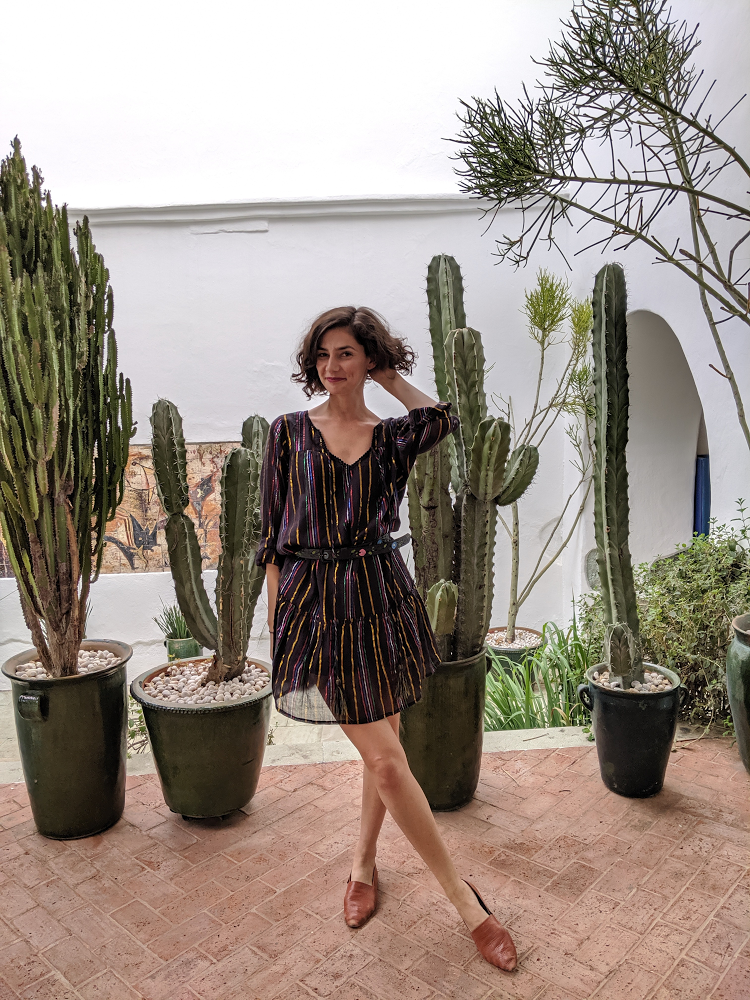
Settling in at the Casa Oaxaca hotel.
But no matter where I travel, I struggle with the same issues many people face: pricey phone bills, subpar photos, a language barrier and, well, getting extremely lost.
So when I traveled to Oaxaca, Mexico last month, I sought out ways to combat these typical tourist problems. And thanks to my Pixel 3a, I was able to make real progress for the next time I visit more countries on my bucket list. Here’s how I did it.
Navigating on Maps without pricey data fees
Even when I’m traveling, I like to be able to use my phone the same way I would at home. (Meaning, a lot.) For this trip, I decided to set my phone up with Google Fi so I could have unlimited international usage and great coverage. At the end of my trip, my phone bill netted out to be a fraction of my typical charge when I travel internationally.
Thanks to my cheaper data plan, I was also able to navigate with help from Maps. I’d never admit it myself, but some people might say I’m bad at directions. (Okay, a lot of people might say that.) In any case, I really leaned into using Live View in Google Maps, a tool that literally has a big blue arrow staring at me on my screen, pointing me exactly in the direction I should go. Even when in rural areas, outside of cell service, I was grateful to be able to use Google Maps in offline mode—like when I visited the Monte Alban ruins.
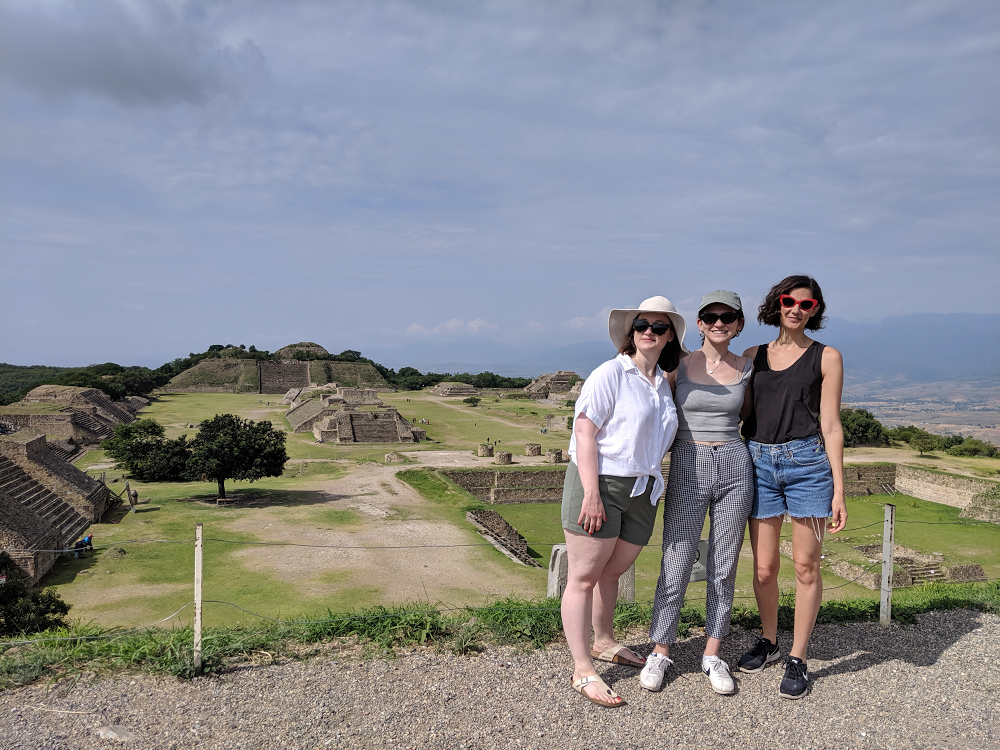
Taking in the beauty of Monte Alban with friends.
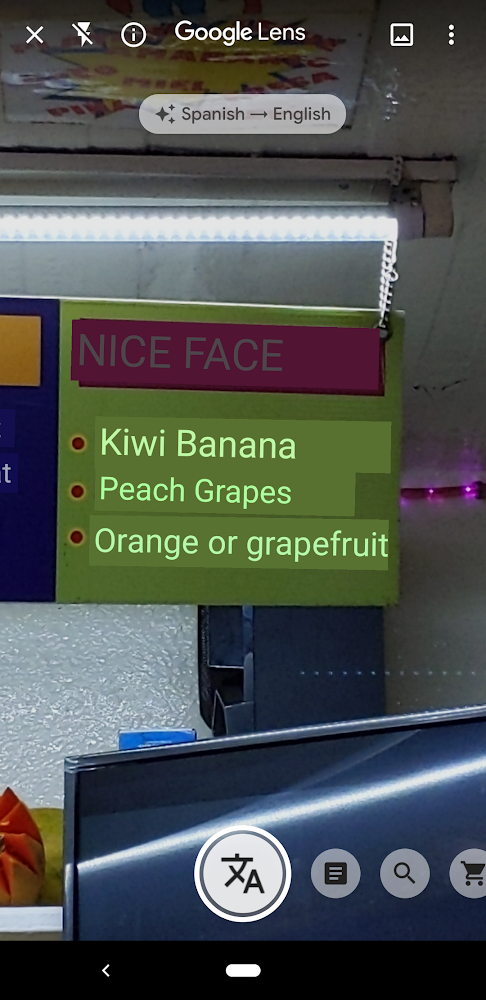
When ordering a juice from a mercado stand, I was able to use Translate in Lens to decipher many of the blends, opting for a juice that promised benefits for my skin.
A new way to break down the language barrier
I’m ashamed to say my Spanish isn’t great, so I put the Pixel 3a to the test. Could it magically help me speak a new language?
Within the camera app, there’s a nifty feature in Google Lens that allows you to hover over text in another language for real-time translations. This came in handy in bustling markets, local restaurants and juice stands that only had menus in Spanish. Even if you don’t have a Pixel phone, you can download the Google Lens app on other Android or iOS devices to try it out yourself.
The Google Assistant also came in handy when I needed language help. It was easy to ask the Assistant questions like, “Hey Google, how do you say ‘where is the bathroom’ in Spanish?” and get help converting costs from pesos to dollars.
Taking my vacation photos to the next level
In a city as beautiful as Oaxaca, I knew I’d be leaning heavily on the camera quality of the Pixel 3a. I snapped photos throughout a cooking demo making tortillas from scratch, and used features like portrait mode and Night Sight to make the most out of my vacation pics. Here are just a few highlights:
My Pixel 3a was the ultimate tour guide
I know, I know, it’s just a phone, but I have to say I feel indebted to my Pixel 3a for showing me such a special time in Oaxaca. I think I’ll take it to my next dream travel destination: Japan.